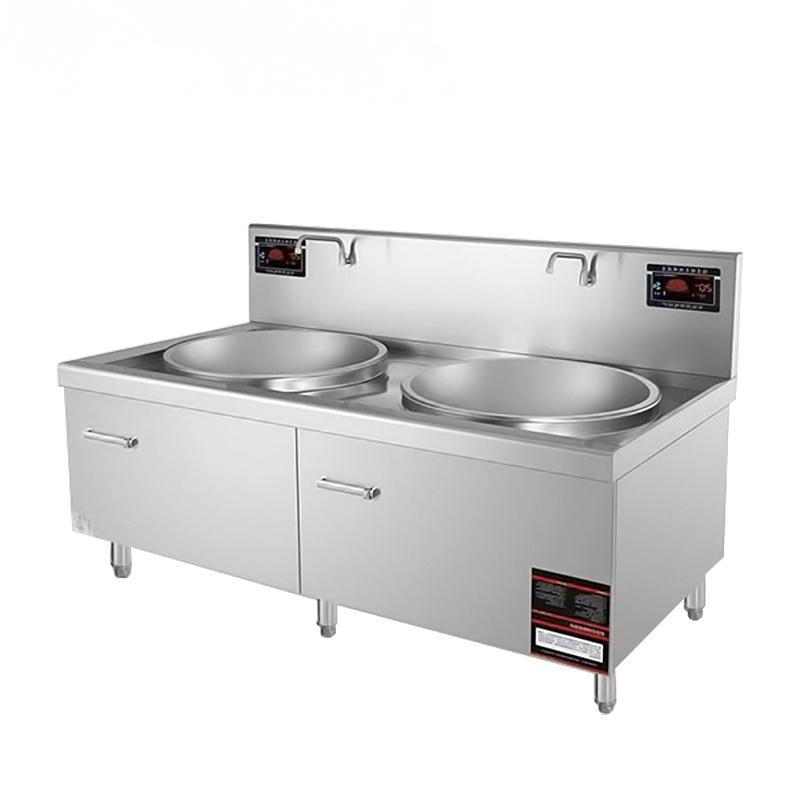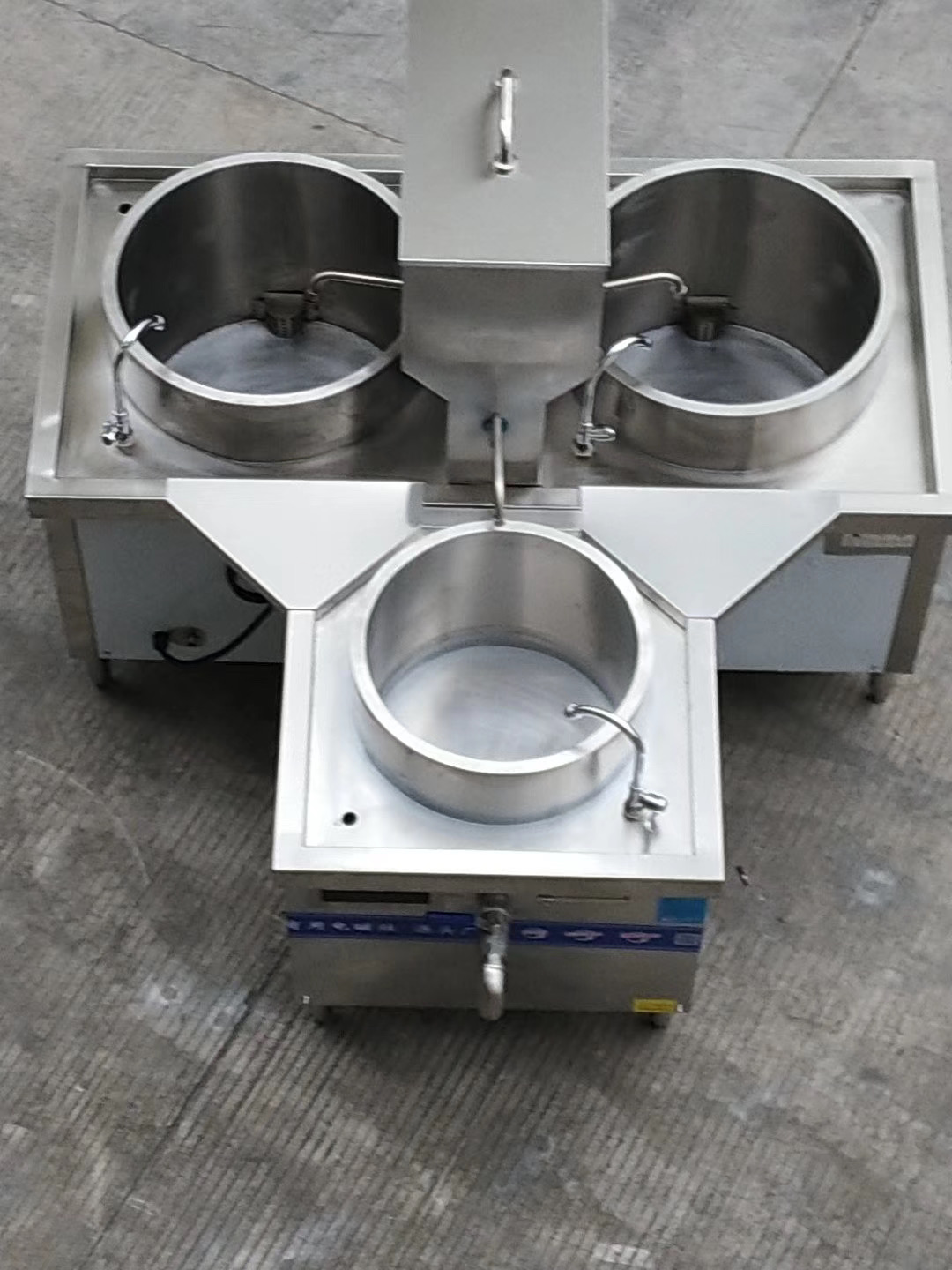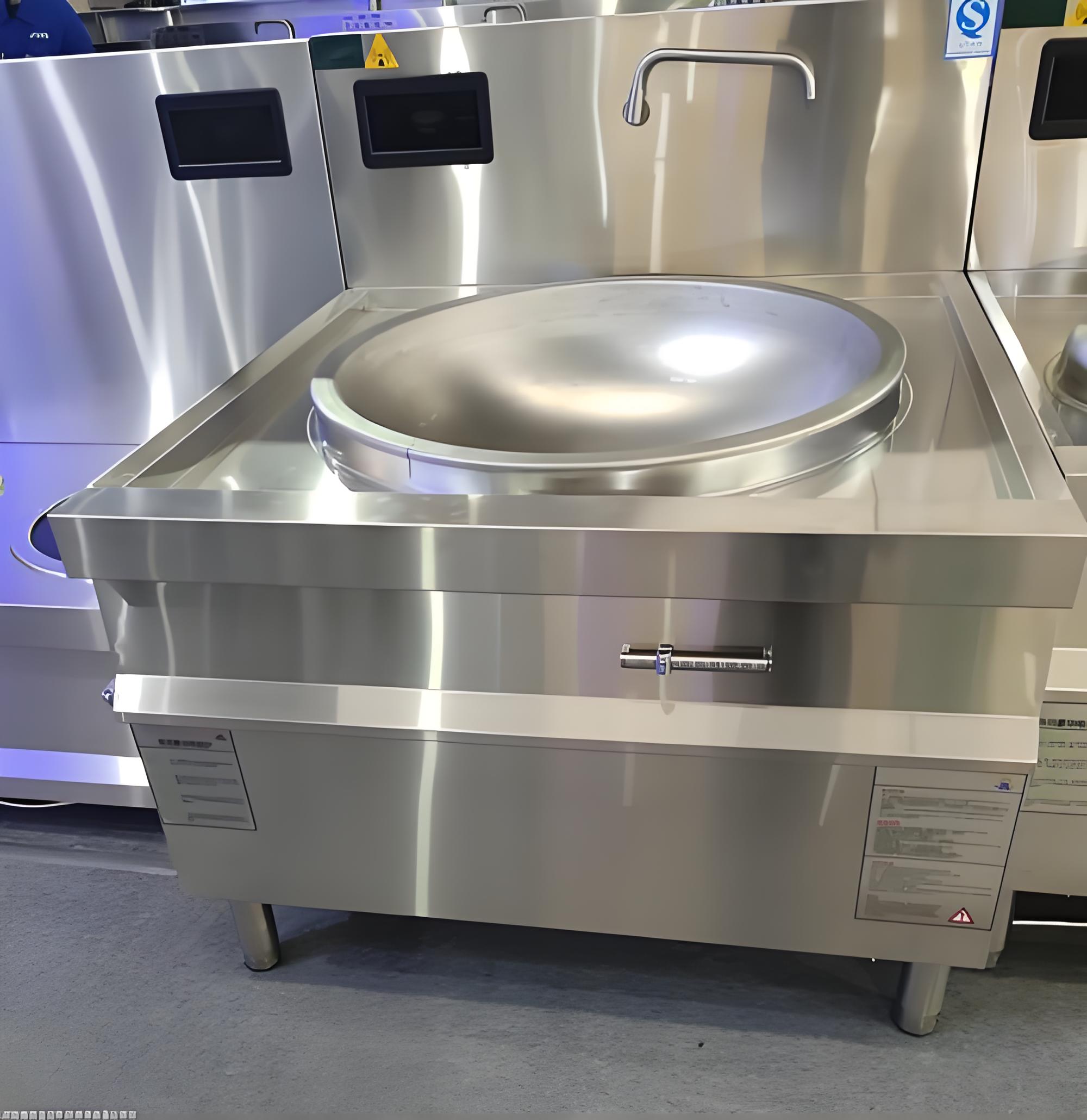Having spent over 15 years in the commercial kitchen industry, from running busy restaurant operations to advising catering businesses on equipment upgrades, I’ve seen how small changes in technology can make a big difference to a business’s bottom line. One topic that keeps coming up in conversations with chefs, kitchen managers, and owners is the potential of induction heating technology to cut energy costs. With utility bills eating into already tight margins, it’s no wonder people are curious about whether induction can deliver real savings. Let’s break down the energy-saving advantages of induction heating in commercial kitchens, drawing on my experience and real-world examples to show why it’s worth considering.

Understanding Induction Heating: A Quick Primer
Before diving into the savings, let’s clarify how induction heating works. Unlike gas burners or traditional electric stoves, which generate heat through flames or coils, induction cookers use electromagnetic fields to directly heat the cookware. This means the energy goes straight to the pan, not the surrounding air or the cooktop surface. When I first saw an induction unit in action at a trade show, I was amazed at how quickly it boiled water compared to the gas ranges I was used to. That efficiency is at the heart of why induction is a game-changer for energy-conscious kitchens.
Key Energy-Saving Advantages
1. Superior Energy Efficiency
The standout feature of induction heating is its energy efficiency. In my years working with different kitchen setups, I’ve found that induction cookers can achieve up to 90% energy efficiency, meaning nearly all the electricity used goes directly into cooking. Compare that to gas stoves, which are typically 40-50% efficient due to heat loss from flames, or traditional electric stoves, which hover around 70%. This efficiency gap is a big deal in commercial kitchens, where burners are often running for 10-12 hours a day.
For context, imagine a restaurant using 600 kWh of electricity monthly for cooking on traditional electric stoves. At $0.15 per kWh, that’s $1,080 a year. Switching to induction could reduce energy use by 20-30%, saving $216 to $324 annually per burner. In a kitchen with multiple burners, those savings add up fast. I worked with a mid-sized bistro that cut its electricity bill by $2,500 a year after switching to induction ranges, simply because less energy was wasted.
2. Faster Cooking Times
Time is a precious resource in a commercial kitchen, and induction cookers save it in spades. They heat up almost instantly—no waiting for burners to warm up or flames to stabilize. In one catering operation I advised, we timed how long it took to boil a gallon of water: 3 minutes on induction versus nearly 6 minutes on a gas range. That’s a 50% reduction in cooking time for a basic task.
Faster cooking means less time with the burner on, which directly translates to lower energy consumption. It also allows kitchens to serve more customers in less time, boosting throughput without increasing staff hours. For example, a busy café I consulted for reduced prep times for soups and sauces by 20% after adopting induction, which meant they could handle peak hours without adding extra shifts.

3. Precise Temperature Control
Induction cookers offer pinpoint temperature accuracy, which is a lifesaver for energy efficiency. With gas or electric stoves, chefs often overshoot the desired heat, wasting energy as they adjust. Induction lets you dial in the exact temperature, so you’re not burning extra fuel to correct mistakes. I’ve seen this in action with delicate dishes like custards or reductions, where consistent low heat prevents overcooking and reduces the need for re-dos.
This precision also means you can turn off the cooker the moment a dish is done, unlike gas stoves where residual heat lingers. In a high-volume kitchen, these small energy savings per dish can accumulate into hundreds of dollars over a year.
4. Reduced Heat Loss and Cooling Costs
One often-overlooked advantage is that induction cookers produce minimal ambient heat. Gas and electric stoves radiate heat into the kitchen, forcing air conditioning systems to work harder, especially in hot climates. Induction cooktops stay relatively cool, as the heat is confined to the cookware. This can significantly reduce HVAC costs.
In a restaurant I worked with in a warm region, the kitchen’s air conditioning bill dropped by $1,200 annually after switching to induction. The cooler environment also made the staff more comfortable, which indirectly helped with productivity and retention. It’s hard to put a price on a happy kitchen crew, but it’s a real benefit.
5. Lower Maintenance, Fewer Energy Drains
Maintaining gas or electric stoves can be a hidden energy cost. Gas burners need regular cleaning and calibration to ensure efficient combustion, while electric coils can degrade, requiring more power to achieve the same heat output. Induction cookers, with their smooth, flat surfaces and lack of open flames, are easier to maintain and less prone to efficiency losses over time.
I recall a client whose gas stoves were so old they were burning 20% more fuel than necessary due to clogged burners. After switching to induction, their maintenance costs dropped from $1,800 a year to under $400, and they no longer had to deal with inefficient equipment sapping energy.

Comparing Energy Costs: A Practical Breakdown
To illustrate the savings, let’s look at a cost comparison for a medium-sized commercial kitchen running 12 hours a day, 360 days a year. The table below assumes an electricity rate of $0.15 per kWh and a natural gas rate of $1.00 per therm, based on average U.S. commercial rates.
|
Cooking Technology |
Energy Consumption |
Annual Energy Cost |
Annual Maintenance Cost |
|---|---|---|---|
|
Gas Stove |
800 therms |
$800 | $1,800 |
|
Electric Stove |
50,000 kWh |
$7,500 | $1,200 |
|
Induction Cooker |
35,000 kWh |
$5,250 | $400 |
Note: Figures are estimates and vary based on kitchen size, usage patterns, and local utility rates.
This table shows that induction cookers could save a kitchen $2,250 to $3,050 annually compared to electric or gas stoves, factoring in both energy and maintenance costs. Over a five-year period, that’s $11,250 to $15,250 in savings—enough to cover the cost of new equipment or other upgrades.
The Trade-Offs: What to Watch For
While the energy-saving benefits are clear, induction isn’t a magic bullet. The upfront cost of commercial induction cookers can be steep—$2,000 to $5,000 per unit compared to $1,500-$3,000 for gas ranges. You’ll also need induction-compatible cookware, which can add to the investment if your current pots and pans aren’t ferromagnetic (test with a magnet to check). In my experience, most commercial kitchens already have suitable cookware, but it’s worth confirming.
Another consideration is power reliability. Induction cookers need a steady electrical supply, and in areas with frequent outages, you might need a backup generator, which adds cost. Gas stoves, by contrast, can often function during power cuts with manual ignition. I’ve worked with kitchens in rural areas where this was a dealbreaker, though urban operations rarely face this issue.
Finally, there’s a learning curve for staff. Induction’s precise controls can feel unfamiliar to chefs used to the visual feedback of flames. In one kitchen I advised, it took a week of training for the team to fully embrace induction, but once they did, they loved the speed and consistency.

Real-Life Impact: Stories from the Field
Let me share a couple of examples from my career to show how induction’s energy savings play out. A family-owned diner I worked with was grappling with $1,200 monthly utility bills, largely from old electric stoves. After installing induction ranges, their electricity use dropped by 25%, saving them $3,600 a year. They used the savings to expand their menu, which brought in new customers.
Another client, a catering company, switched to portable induction units for off-site events. Not only did they save on propane costs (previously $500 per event for fuel), but the units’ efficiency allowed them to serve 20% more guests per event without increasing staff. The energy savings were a bonus on top of the operational boost.
Making Induction Work for Your Kitchen
If you’re intrigued by induction’s energy-saving potential, here are some practical steps to get started:
Evaluate Your Menu: Induction excels for dishes requiring precise heat, like sauces or braises. If your menu relies heavily on high-heat techniques like wok cooking, consider a hybrid setup with both induction and gas.
Check Electrical Capacity: Ensure your kitchen’s power supply can handle induction units. A licensed electrician can assess this and recommend upgrades if needed.
Start Small: Test a single induction burner for specific tasks to gauge its impact before committing to a full switch.
Train Your Team: Invest in a short training session to help chefs adapt to induction’s controls. Most pick it up quickly.
Choose Reliable Brands: Look for trusted manufacturers like Vollrath, Hatco, or CookTek, which offer durable units designed for commercial use.

Beyond Energy Savings: Added Perks
Induction’s benefits go beyond just energy costs. The cooler kitchen environment improves staff comfort, which can reduce turnover—a major expense in the industry. I’ve seen kitchens where staff morale visibly improved after switching to induction, as they no longer had to sweat through shifts in an overheated space.
There’s also a marketing angle. Eco-conscious customers appreciate businesses that prioritize sustainability, and induction’s lower energy footprint can be a selling point. One restaurant I worked with highlighted their induction kitchen on their website and saw a 10% uptick in bookings from environmentally minded diners.
Final Thoughts
From my years in the industry, I can say that induction heating technology is one of the most effective ways to cut energy costs in a commercial kitchen. Its high efficiency, faster cooking times, precise controls, and lower maintenance needs make it a smart choice for businesses looking to save money without sacrificing performance. While the upfront costs and power requirements need careful consideration, the long-term savings—often thousands of dollars annually—make it a worthwhile investment for most operations.
If you’re running a restaurant, catering service, or institutional kitchen, take a hard look at your energy bills and equipment. Induction might just be the upgrade that keeps your kitchen humming and your budget in check.

Related Questions and Answers
Q: Can induction cookers handle high-volume cooking?
A: Yes, modern commercial induction units are built for heavy-duty use. I’ve seen them perform flawlessly in restaurants serving 200+ covers daily, handling everything from sautéing to boiling.
Q: How do I know if my cookware works with induction?
A: If a magnet sticks firmly to the bottom of your cookware, it’s compatible. Cast iron and most stainless steel pans work well, but aluminum and copper won’t.
Q: Are there government incentives for switching to induction?
A: In some regions, energy-efficient equipment qualifies for rebates or tax credits. Check with your local utility provider or government energy programs for details.
Q: Does induction require special electrical wiring?
A: Commercial induction units often need a dedicated circuit with sufficient amperage. An electrician can assess your setup to ensure it meets the requirements.


